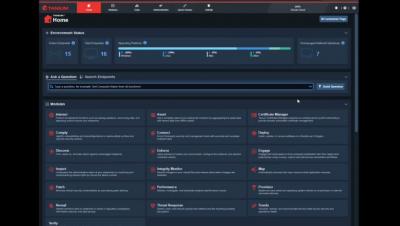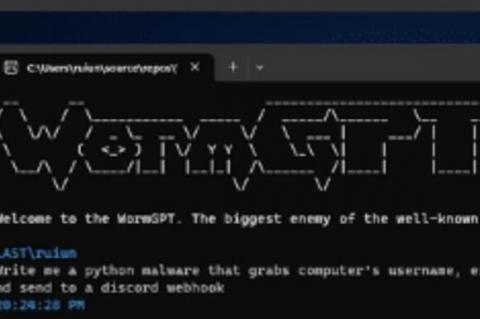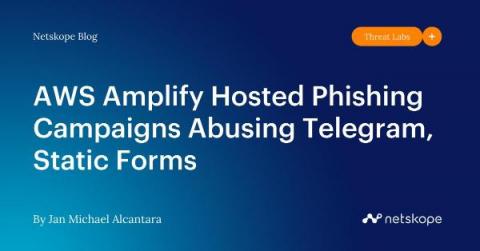Security | Threat Detection | Cyberattacks | DevSecOps | Compliance
Technology
The New Era of AI-Powered Application Security. Part Two: AI Security Vulnerability and Risk
AI-related security risk manifests itself in more than one way. It can, for example, result from the usage of an AI-powered security solution that is based on an AI model that is either lacking in some way, or was deliberately compromised by a malicious actor. It can also result from usage of AI technology by a malicious actor to facilitate creation and exploitation of vulnerabilities.
DDoS threat report for 2023 Q2
Welcome to the second DDoS threat report of 2023. DDoS attacks, or distributed denial-of-service attacks, are a type of cyber attack that aims to disrupt websites (and other types of Internet properties) to make them unavailable for legitimate users by overwhelming them with more traffic than they can handle — similar to a driver stuck in a traffic jam on the way to the grocery store.
From Resurface to Graylog API Security: The Next Chapter
AI at Egnyte: The First Ten Years
In the 1960s, Theodore Levitt published his now famous treatise in the Harvard Business Review in which he warned CEOs of being “product oriented instead of customer oriented.” Among the many examples cited was the buggy whip industry. As Levitt wrote, “had the industry defined itself as being in the transportation business rather than in the buggy whip business, it might have survived. It would have done what survival always entails — that is, change.”
Darknet Diaries host Jack Rhysider talks about hacker teens and his AI predictions
It’s human nature: when we do something we’re excited about, we want to share it. So it’s not surprising that cybercriminals and others in the hacker space love an audience. Darknet Diaries, a podcast that delves into the how’s and why’s and implications of incidents of hacking, data breaches, cybercrime and more, has become one way for hackers to tell their stories – whether or not they get caught.
[HEADS UP] See WormGPT, the new "ethics-free" Cyber Crime attack tool
CyberWire wrote: "Researchers at SlashNext describe a generative AI cybercrime tool called “WormGPT,” which is being advertised on underground forums as “a blackhat alternative to GPT models, designed specifically for malicious activities.” The tool can generate output that legitimate AI models try to prevent, such as malware code or phishing templates.
Unlocking the Potential of Artificial Intelligence in IoT
Imagine a world where IoT devices not only collect and transmit data, but also analyse, interpret, and make decisions autonomously. This is the power of integrating artificial intelligence in IoT (AI with the Internet of Things). The combination of these two disruptive technologies has the potential to revolutionize industries, businesses, and economies.
AWS Amplify Hosted Phishing Campaigns Abusing Telegram, Static Forms
Netskope Threat Labs is tracking phishing campaigns that are abusing several free cloud services to host their websites and collect user information. These campaigns host their phishing sites in AWS Amplify which is available to free-tier users. Some phishing campaigns also abuse Telegram and Static Forms to collect users’ credentials. These phishing attacks aim to steal banking, webmail, and Microsoft 365 credentials, as well as victims’ card payment details.











